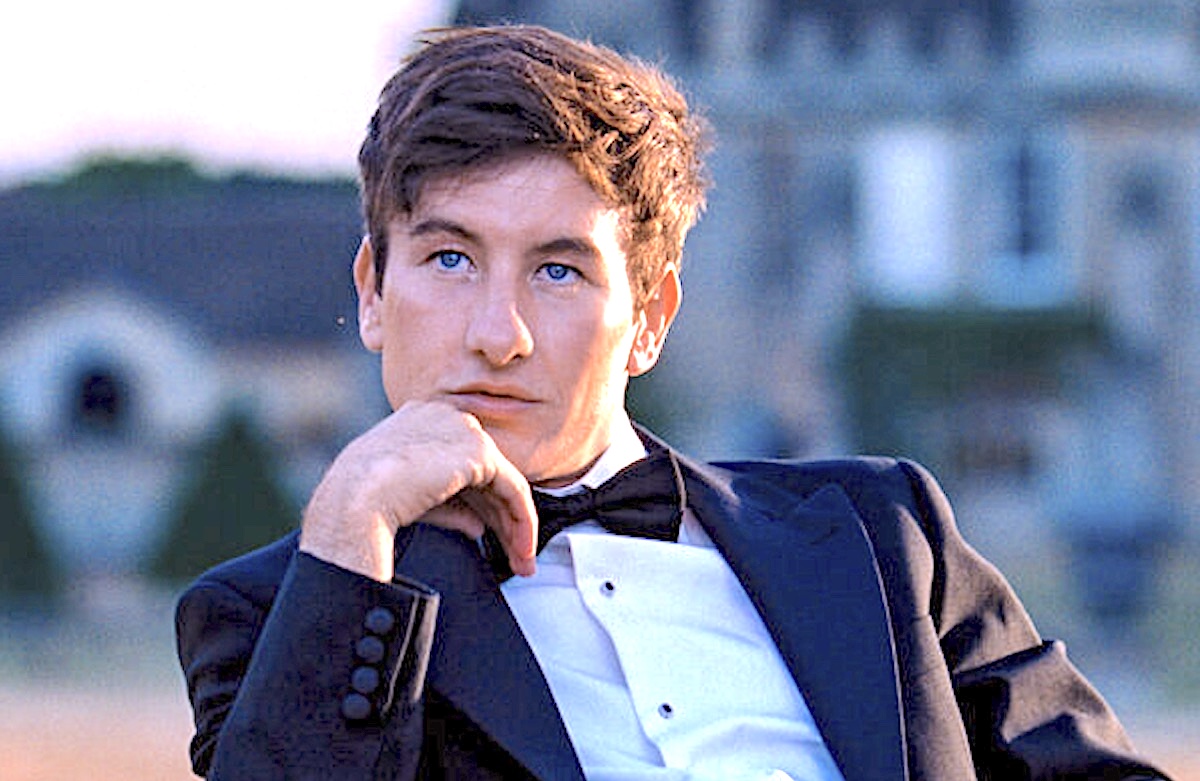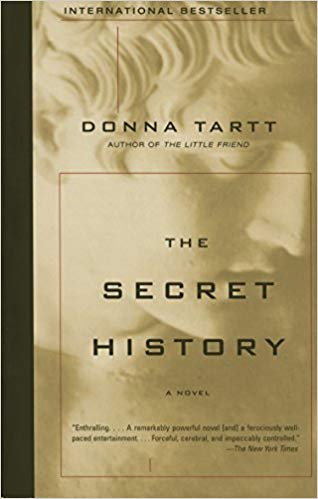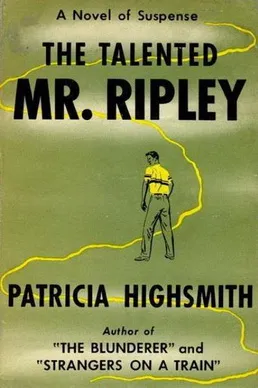If You Loved ‘Saltburn,’ Add These Books to Your Reading List

If you loved Saltburn, we’ve got some books to keep that sexy, Gothic, thriller vibe going.
Some people didn’t like Saltburn and that’s fine. But they are wrong because Saltburn is an amazing film and one of the best movies of 2023. Writer and director Emerald Fennell outdid herself when creating Saltburn. On top of that, the cinematography and acting were phenomenal. Images from Saltburn now fill my lock screens and backgrounds on my digital devices. The combination of Gothic thriller meets erotic obsession and commentary on the out-of-touch wealthy was perfection.
Saltburn follows Oliver (Barry Keoghan) through his first year at Oxford where he meets Felix (Jacob Elordi), a rich kid that everyone adores. Oliver falls in love with Felix, but that love quickly turns into obsession. When Felix takes Oliver home to his ancestral manse Saltburn for the summer, Felix’s family draws Oliver in deeper. Felix’s parents, Elspeth (Rosamund Pike) and Sir James (Richard E. Grant), exemplify how differently the ultrarich see the world from the rest of us. It’s got wildly erotic scenes and twists no one saw coming.
If you still need more things like Saltburn in your life, here are books that inspired the movie and a few others that match the tone.
Rebecca by Daphne du Maurier (1938)

During an interview with The Face, Fennell discussed some of the inspiration behind Saltburn. One of the novels referenced was Rebecca. The story follows an unnamed main character as she goes from being working class to a whirlwind courtship and marriage to a wealthy man named Maxim de Winter. Maxim takes his new American wife back to his estate, Manderley, in Cornwall.
The new Mrs. de Winter finds a strange household that still vividly mourns the loss of the first Mrs. de Winter, Rebecca. The housekeeper, Mrs. Danvers, is obsessed with the deceased Rebecca and uses every instance to tell the narrator how wonderful Rebecca was compared to her. It’s a strange and unsettling Gothic novel complete with an over-the-top costume ball.
The Go-Between by L.P. Hartley (1953)

Another inspiration Fennell mentioned was The Go-Between. Taking place at the end of the Victorian era, Leo Colston is a socially awkward kid. Although he comes from a middle-class background, he attends school with boys from extremely wealthy families. They bully him and treat him differently because of his origins. One of his friends from school, Marcus Maudsley, offers for Leo to spend the summer at Marcus’s home at Brandham Hall. Once there, Leo experiences a bit of culture shock and is unsure of how to fit in.
Unknowingly, Leo becomes a puppet for Marcus’s sister Marian, and her lover Ted Burgess. Marian and Ted could never marry as he is a lowly tenant farmer and she is engaged to a viscount. They use Leo to send letters to plan their intimate meet-ups before ultimately being discovered. The events of that summer changed Leo for the rest of his life.
The Secret History by Donna Tartt (1992)

The Secret History is often credited as being one of the major influences of the dark academia aesthetic, so that sums up the vibe of the novel. In The Secret History, Richard Papen, an unremarkable middle-class guy, goes to Vermont to attend college at a small, upper-crust liberal arts school. Richard wants to focus on Classics for his degree, but first, he has to prove himself to the professor who is very picky about his students.
Befriending the small group of friends who make up the Classics students, Richard gets in. Hiding his roots, Richard becomes friends with these wealthy kids. His personality mirrors the exclusive clique he wanted to desperately be a part of. Things begin to fall apart for the friends when a Dionysian bacchanal and multiple murders turn everyone against each other.
Dangerous Liaisons by Pierre Choderlos de Laclos (1782)

Dangerous Liaisons, or the original French title Les Liaisons dangereuses, has been captivating readers for centuries. It’s all about the sordid affairs, libertine lifestyle, and corruption of the French nobility. Instead of being a traditional narrative, it is an epistolary novel told in letters between the characters. The Marquise de Merteuil and the Vicomte de Valmont were once lovers, now they have become rivals. Instead of doing anything constructive with their lives, they plot seductions and conquests to make one another jealous.
This includes trying to corrupt a young woman fresh out of a convent and a married woman, Madame de Tourvel. Merteuil tells Valmont if he can successfully seduce the virtuous Tourvel, Merteuil will spend another wild night with him. However, the plan backfires when Valmont actually falls in love with Tourvel. The debauchery eventually leads to everyone’s downfall.
The Rules of Attraction by Bret Easton Ellis (1987)

Did anyone else have the 2002 movie The Rules of Attraction become their complete personalities? Well, that movie is based on the novel of the same name by Bret Easton Ellis. The book mainly follows three students attending a small liberal arts school in New Hampshire. Lauren is an artist who longs for true love in the wrong places. Paul is exploring his bisexuality. Sean’s primary personality trait is drugs. The three of them form a kind of love triangle as they are drawn to one another.
These kids all come from families with money. While at school they spend more time partying, doing drugs, and worrying about love than attending class. A large theme of the book is the never-ending debauchery rich kids have created under the guise of higher education. Their parties have themes like “Dressed to Get Screwed” and “End of the World.”
If We Were Villains by M.L. Rio (2017)

If We Were Villains has been compared many times to The Secret History. Although they share many similarities, If We Were Villains has a different feel to it. The book opens with Oliver Marks leaving prison on parole for a crime he committed. Detective Colborne, the lead detective on Oliver’s case, approached Oliver to tell him the truth since he was retiring from the police force. During their last year at school, a group of seven students are all that remains of the acting dormitory after other students were weeded out over the years.
The students are perpetually typecast as certain characters for the multiple plays they perform during the school year, no matter who they audition for. Between that and shifting love interests amongst their group, tensions rise. Richard, who normally plays “the Tyrant,” starts to get even more combative than usual. After a particularly messy party, the friends find Richard with a fractured skull barely clinging to life. They figured he fell while drunk, but instead of calling for help, they watched him die. At first Richard’s death is ruled an accident but the detective thinks Richard was murdered. It’s a tangled web of lies, deceit, and secret attraction for the close-knit group.
Brideshead Revisited by Evelyn Waugh (1945)

Brideshead Revisited looks back at a time when English aristocracy lorded over society. During the 1920s, the middle-class Charles Ryder becomes friends with the wealthy Sebastian Flyte. Charles goes with Sebastian to Sebastian’s home, Brideshead Castle, to meet the rest of his family. The Flyte family’s lives center on their Catholicism and wealth, although they don’t strictly adhere to the Catholic doctrine.
Charles becomes enamored with the life at Brideshead. He seems to be equally in love with his friend Sebastian and Sebastian’s sister, Julia. However perfect and glittery the lives of the Flytes seem to outsiders, they struggle with addiction and reconciling their beliefs.
Wuthering Heights by Emily Brontë (1847)

Many have said that Wuthering Heights is one of the greatest books ever written. Emily Brontë takes us to the fictional estate Wuthering Heights and the family drama that runs through generations. The Earnshaw family lives at the sprawling home. Mr. Earnshaw brings home an orphan named Heathcliff to be raised alongside his children Hindley and Catherine. It starts a chain of events that will haunt anyone who lives on the property for years.
Most of the trouble stems from the love between Heathcliff and Catherine. Heathcliff is obsessed with Catherine and will do anything to win her affection. Catherine cares deeply for Heathcliff but chooses to marry someone else due to Heathcliff’s low social standing. Spurned, Heathcliff becomes bitter yet never is far from Wuthering Heights. After Catherine dies, Heathcliff digs up her grave to be near her and begs to be haunted by Catherine’s ghost.
The Talented Mr. Ripley by Patricia Highsmith (1955)

The Talented Mr. Ripley follows the deceitful adventures of the titular Tom Ripley. Living in New York and barely making it, Tom uses scams and other cons to make his money. He runs into Herbert Greenleaf, a wealthy man whose son would rather party in Itay than work in the family business. Tom plays up his friendship with Herbert’s son Dickie, so Herbert asks Tom to go to Italy and convince Dickie to return home. Using his con skills, Tom worms his way into Dickie’s life and house.
Almost instantly, Tom is obsessed with Dickie. From the way Dickie is to the lavish lifestyle he lives, Tom can’t get enough. Dickie’s other friends, especially Marge, feel left out after he begins spending so much time with Tom. Marge and Dickie begin a romantic relationship which causes Tom to become jealous. When Tom feels Dickie is growing tired of him, Tom clings tighter. In the end, Tom thinks the only way to free himself from his obsession and maintain his new high-rolling life, is to murder those around him.
(featured image: MGM)
Have a tip we should know? [email protected]